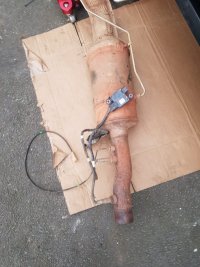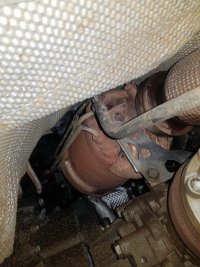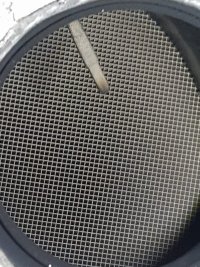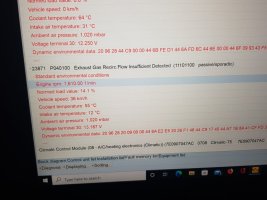if we are getting reading on Particulate Filter Restriction - Soot Accumulation Bank 1 as the fault, what is the postion of that sensor at bank 1,
is it just before the Diesel particulate filter with SCR trap catalytic converter as in post #17 or
is it just before the Oxidation catalytic convertor as in post #17
would simply removing the the Diesel particulate filter with SCR trap catalytic converter off the car, back flushing it threw/ cleaning it , bring down the soot value from the 60g level to below 50g? or does the Oxidation catalytic convertor need cleaning as well
is it just before the Diesel particulate filter with SCR trap catalytic converter as in post #17 or
is it just before the Oxidation catalytic convertor as in post #17
would simply removing the the Diesel particulate filter with SCR trap catalytic converter off the car, back flushing it threw/ cleaning it , bring down the soot value from the 60g level to below 50g? or does the Oxidation catalytic convertor need cleaning as well
Last edited:














